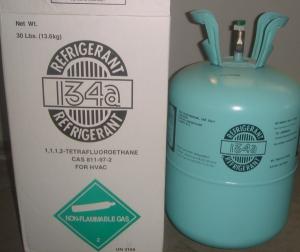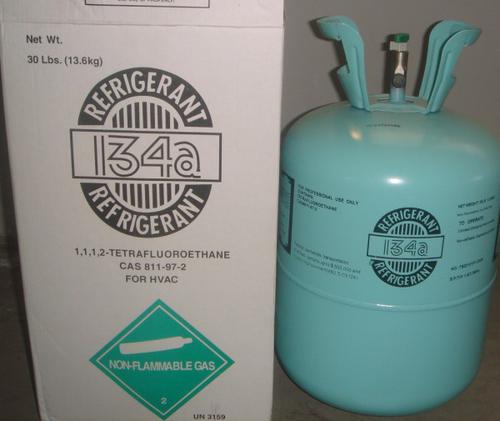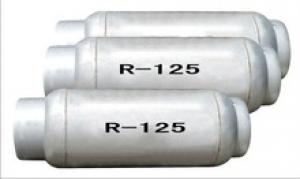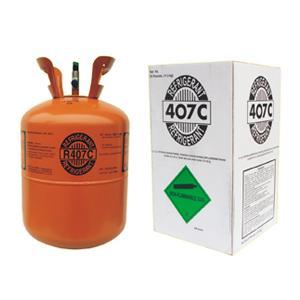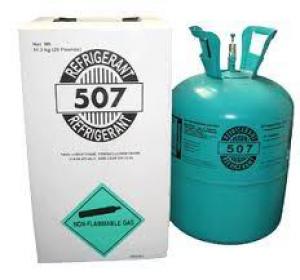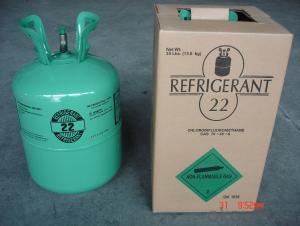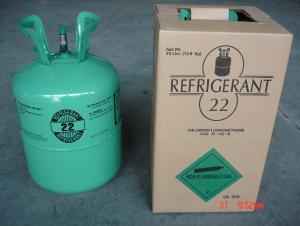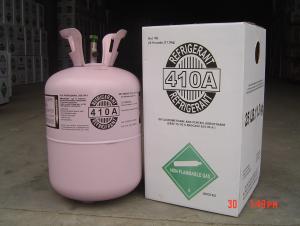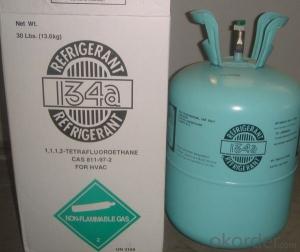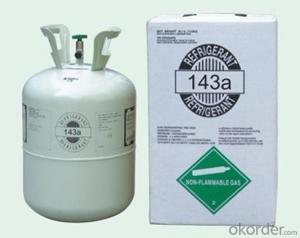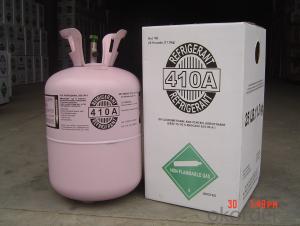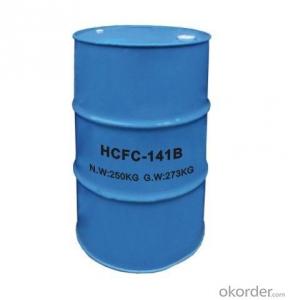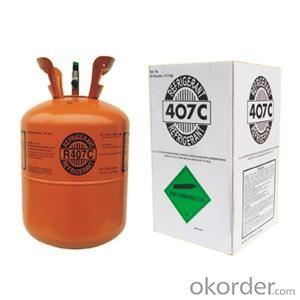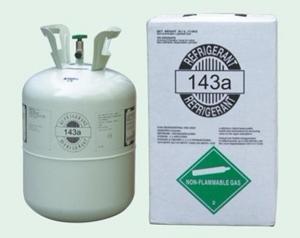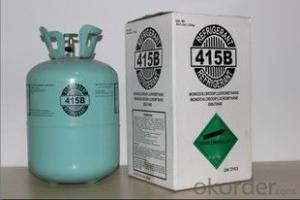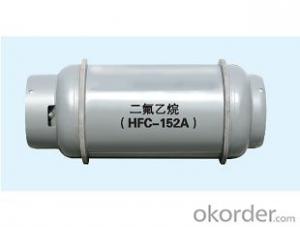Refrigerant R134a Gas
- Loading Port:
- Shanghai
- Payment Terms:
- TT OR LC
- Min Order Qty:
- -
- Supply Capability:
- 1000MT m.t./month
OKorder Service Pledge
Quality Product, Order Online Tracking, Timely Delivery
OKorder Financial Service
Credit Rating, Credit Services, Credit Purchasing
You Might Also Like
Tetrafluoroethane(R134a)
R12 replacement,it is an inert gas used primarily as a “high-temperature” refrigerant for domestic refrigeration and automobile air conditioners.
Application:
Refrigerant FOR CFC-12 substitute.
Packing:Disposable cylinder 13.6KG net or 22.7KG,ISO tank
R134a refrigerant
Detailed Product Description →R134a
HFC-134a ,CH2FCF3 Physical Properties:
Specification:
Application: Packing: |
- Q: Compare the difference between London smoke and Los Angeles photochemical smog
- Los Angeles photochemical smog nitrogen content and hydrocarbons and derivatives more, mainly close to the car exhaust. Foggy London situation related to coal, soot solid particles and sulfur oxide more. Foggy London is more bleak, and Los Angeles is more toxic.
- Q: What is the proportion of hydrocarbons synthesized by Fischer-Tropsch Synthese in liquid fuels consumed by Nazi Germany? What are the proportions of these hydrocarbons as an industrial raw material into their military industry, in addition to fuel? At that time, did the Fischer-Tropsch preparations occupy an important position in Nazi Germany's military industry or heavy industry?
- The traditional FT synthesis method of the product of heavy hydrocarbon content is high, the composition is complex, so the combustion efficiency is not optimistic. Germany is in view of the supply of oil is less than consumption (loss of production areas and lack of refined production capacity) was forced to take the FT technology to add (Germany's local coal reserves larger). So the FT fuel in the World War II Germany's energy system accounted for little, the specific data is still controversial, there are 15% and 25% said.
- Q: Is not organic matter must not hydrogen ah?
- Organic matter that organic compounds. Carbon compounds (carbon monoxide, carbon dioxide, carbonates, metal carbides, cyanide excluded) or hydrocarbons and their derivatives in general. Organic matter is the material basis for life. 【Features】 Most organic compounds mainly contain carbon and hydrogen elements, in addition often contain oxygen, nitrogen, sulfur, halogen, phosphorus and so on. Part of the organic matter from the plant sector, but the vast majority of oil, natural gas, coal as raw materials, through artificial synthesis method. Compared with inorganic substances, the number of organic matter, up to several million kinds. The carbon atoms of the organic compound have a very strong ability to bind to each other to form a carbon or carbocyclic ring. The number of carbon atoms can be 1,2, it can be thousands, tens of thousands, many organic polymer compounds can even have hundreds of thousands of carbon atoms. In addition, the isotopic phenomenon of organic compounds is very common, which is the cause of many organic compounds
- Q: Peracetic acid is not
- A series of compounds produced by the substitution of hydrogen atoms in other molecular or atomic groups as hydrocarbon derivatives, peroxyacetic acid is CH3COOOH, and should be considered
- Q: Is steel not organic synthetic material?
- Organic compounds that are organic compounds. Carbon compounds (carbon monoxide, carbon dioxide, carbonic acid, carbonates, metal carbides, cyanide excluded) or hydrocarbons and their derivatives in general. Most of the combustion can produce carbon dioxide and water.
- Q: What is the current status of carbon dioxide capture technology and how is it compared to plants that absorb carbon dioxide?
- I think it 's harder if the thing is to be industrialized. = Such as carbon dioxide hydrogenation into methane, after the methane transport or storage is also a relatively large problem bars And not to say that the hydrogenation of carbon dioxide into methane has been studied for a long time, but it does not seem to have developed any big news like ah There is also electrochemical reduction of carbon dioxide. It is relatively easy to produce formic acid in the aqueous phase, such as the Partially oxidized atomic cobalt oxide for carbon dioxide electroreduction to liquid fuel (Nature: Nature Publishing Group) recently made by Xie Yi. The But the separation of formic acid and water is also a more difficult thing ah. The
- Q: What is organic matter? Candle is organic?
- Candle chemical formula: C2H2 so candle is organic
- Q: Is the number of hydrogen atoms in the hydrocarbon or hydrocarbon derivative molecule be even
- Other hydrocarbon derivatives are not necessarily, such as halogenated hydrocarbons containing odd halogen molecules, containing an odd number of N atoms containing C, H. O, N four elements of the compound, their number of hydrogen atoms are odd.
- Q: Is grease a polymer compound? Is it a derivative of saturated hydrocarbons?
- Not a polymer can not be considered a saturated hydrocarbon derivatives. Natural oils contain unsaturated structures
- Q: Such as the title, the personal feeling of chemical transliteration of Chinese transliteration can be done so easy to write, weird name in addition to keep the high point, no good, but rather affect the people's understanding of medicine and memory, contrary to the text to facilitate the exchange of memory Original intention
- The most basic hydrogen prefix plus a sound next to tell you that the elements of the common element of the standard situation is the same kind of gas bromide tellurium metal next to the word next to the sound next to no matter how much the child knows that this law will be recited next to the next Periodic table down to know the elements of the material highlights a good note
Send your message to us
Refrigerant R134a Gas
- Loading Port:
- Shanghai
- Payment Terms:
- TT OR LC
- Min Order Qty:
- -
- Supply Capability:
- 1000MT m.t./month
OKorder Service Pledge
Quality Product, Order Online Tracking, Timely Delivery
OKorder Financial Service
Credit Rating, Credit Services, Credit Purchasing
Similar products
Hot products
Hot Searches
